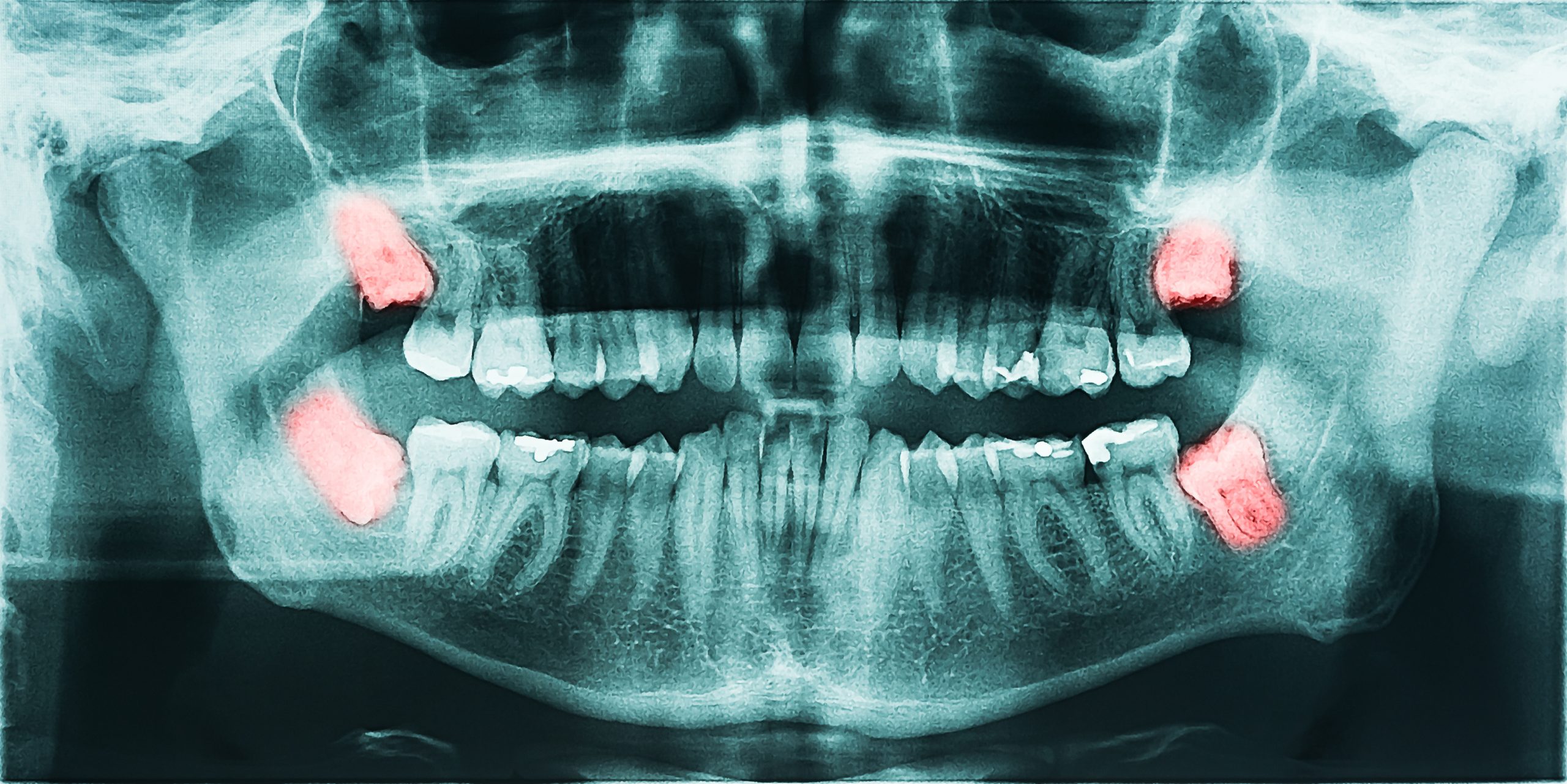It can be irritating as a practice owner to feel like you’re the only one who notices that the upcoming schedule is empty, or collections are down, and you have to micromanage everyone to get them to do what needs to be done.
That being said, here are a few ideas for starting to improve team performance, responsibility, and initiative!
- Determine the end consequence of their work.
One of the most common issues I notice in dental offices is that job duties are not clearly defined, and staff are not focused on the objective and end result of their job.
“I help the doctor,” they think of their job. Every day, they expect me to perform x, y, and z…” They may have goals in mind, but they may not comprehend how their role influences overall practice success.
The Scheduling Coordinator, for example, may conduct a variety of tasks such as:
Patient scheduling
Appointment confirmation
Reactivating inactive or overdue patients
completing schedule gaps
Dealing with cancellations
At the morning huddle, the team is planning the day’s activities.
Etc.
But what is the outcome of those actions? What is their function? What are they doing?
Total Practice Production is the sum of all of these actions.
The Scheduling Coordinator should keep track of the practice’s total productivity, and if it increases over time, they know they are performing their job correctly.
There is a significant difference between thinking, “My job is to accomplish everything the doctor directed me to do” and “My job is to ensure we meet our monthly goal for Total Practice Production and that it increases each month as the practice expands.”
They can begin to take initiative when they are thinking about the ultimate goal. They understand why it is critical that they handle potential new patient phone calls effectively so that the patient is scheduled and shows up to visit the doctor. They understand why it’s critical that every patient get a definite schedule before leaving the office. They realize the need of making time to contact overdue patients in order to get them back on their recall schedule. They understand why it is critical to create time for patients to meet with the Doctor or Therapy Coordinator so that they can make financial arrangements and be booked for the treatment they require.
Each job must have a purpose or end result in mind, and when you add them all together, you get the overall goal of the office: your patients achieving and maintaining good dental health.
- Use numbers to track staff performance.
There is a lot of talk about “key performance indicators” that dental practice owners should be following. This information should be utilized to assess not only the overall health of the practice but also the performance of each employee.
For example, the Financial Coordinator would measure Total Practice Collections and Collections Percentage (collections should always be no less than 97% of production—adjusted for any discount plans you may engage in—that is the aim).
Simply plotting these statistics on a graph from month to month allows you to observe if they are increasing or decreasing over time. And the employee understands that if it’s down, it’s their obligation to figure out why and fix it.
If they are struggling to improve the statistic, you or the Office Manager can sit down with them to see if they need additional training, help understanding something or changing the way something is done in the office, or if they simply aren’t willing or capable of performing adequately on the job.
This also allows you to evaluate employee performance and make judgments about that person.
The benefit of tracking personnel data is that they are accurate. You don’t have to go with your instincts or if you “feel” like they’re doing a good (or awful) job.
Furthermore, this is a terrific tool for employees because it puts them in complete control of their job and holds them accountable. They understand what is expected of them and have evidence of how well they are performing.
- Get everyone to work as a team.
When everyone can work as a team, morale and production skyrocket.
While one person should be overall responsible for a responsibility or collection of duties, this does not exclude other employees from assisting.
For example, a Scheduling Coordinator’s work includes calling patients who are past due to reactivate them, with the goal of getting them back into the practice to see the hygienist or doctor. While this is their ultimate job, other staff members can also assist in reactivating patients when possible. For example, the Hygienist informing their patient, “Oh, by the way, we haven’t seen your husband in nearly a year.” When can we get him to come see me?”
This gets everyone on the same page and working toward the same goal: getting as many people healthy as possible.
So, while we do not want a situation in which “everyone does everything,” we do want all team members to grasp the structure of the practice as a whole and how they may help each other to reach the ultimate goal—helping more people in your community get healthier.








